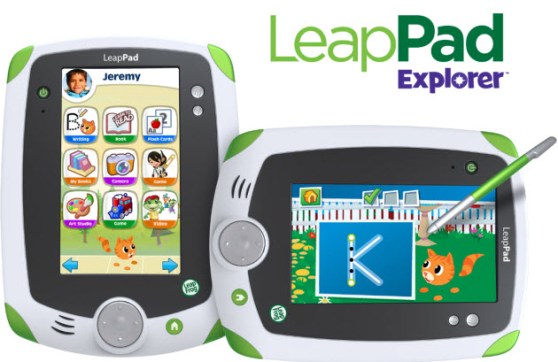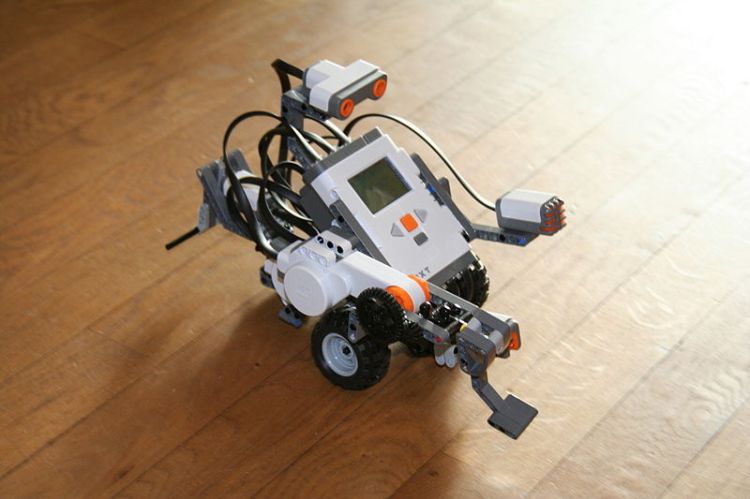Matt Witheiler is principal at Flybridge Capital Partners
Let me get this out of the way: For investors, toys aren’t all that interesting.
In the past few months, I’ve seen a number of hardware companies in the toy category come through my door. They range from connected stuffed animals to modern-day versions of the 1001-in-one sets with prices from $49 to $499. I’m not going to point to any specific names but let’s just say there are multiple startups out raising money right now that squarely fall in the toy category.
I define hardware products as toys when they target users who are younger than 14. That’s not to say that products targeting older users cannot be “toys” but for the purposes of this discussion let’s limit toys to the traditional, child-focused sense.
One of the questions I ask the toy companies I meet with is to point me to comparable startup success stories, examples of other similar companies I can use to see what success in the category looks like. I’ll ask you the same, so take a moment and think of the biggest electronics toy brand you can. I’ll give you a second.
What did you come up with? Most people I speak with jump to Lego (Mindstorms in particular). Lego is great and all and don’t get me wrong, I would have loved to have been an investor but that would have required me writing a check 64 years ago. Trying to find more recent wins in the toy category proves to be difficult.
Racking my brain, there’s precisely one startup in the toy category I can think of that has built significant value for themselves and their investors: LeapFrog.
LeapFrog, one of the ten largest toy companies in the US, started in 1995 and its founder was initially backed with $800,000 from friends and family. Two years and millions of dollars in revenue later, the company sold a 50 percent share of itself to Michael Milken and Larry Ellison for a $50 million investment.

It’s a real success story — at least for investors. But while Leap Frog is a public company, their market cap of $613 million isn’t particularly inspiring when you compare it with other hardware outcomes like iRobot ($1 billion market cap), Kiva Systems ( sold for $775 million to Amazon last year) and even Makerbot ($604 million with earn outs). A good outcome, yes, but not a great one.
In diagnosing what holds the toy category back, I believe there are three primary challenges:
Toys tend to be hit based
Big wins in the toy category tend to look more like single product hits from the largest of companies (Mattel, Hasbro, etc) than they look like any other type of business. The reason? Kids are fickle.
Remember your Teenage Mutant Ninja Turtles collection or favorite Cabbage Patch Kids doll? Remember playing with them for more than a year or two? Probably not because, like most kids, you probably moved on to the next big thing (Power Rangers anyone?).
Toys are sold in Q4
While all physical product companies face some degree of seasonality, this is even more pronounced in the toy category. Why? Because parents buy kids toys in December. Last year Leap Frog sold 42 percent of all its product in the fourth alone.
Oh, and don’t forget about retailer concentration: Parents buy toys at Walmart (32 percent of LeapFrog’s 2012 sales), Toys R Us (24 percent of LeapFrog’s sales) and Target (13 percent of LeapFrog’s sales).
Toys have multiple decision makers:
There are few things more difficult for a marketer than marketing a product to two different sets of consumers. In the toy world, the two decision makers are the kid (user) and the parent (decision maker).
Build something that kids love but parents think is terrible and you end up with something that is never bought. Build something that parents love and kids think is terrible and you end up with something that is bought and returned. A perfect balance has to be found especially at the higher price points electronic toys typically face (since an inexpensive product can slip through the “parent dislike / kid like” trap).
These challenges prove to be huge barriers to building a massive company in the toy space, as history has proven. So if you’re a toy company, how do you work past that?
I think the best way to refocus hardware toy companies into something that may be interesting to investors (and valuable to you as an entrepreneur) is to use the toy as a path to something bigger.
What do I mean by this? Take Anki Drive as an example. For those unfamiliar, Anki Drive was a remote control car racing app and hardware product that Apple featured as part of their iOS7 launch.
A toy company, right? No. Anki’s play is focused much more on the hardware and software technology for artificial intelligence than it is around the product they released. While their toy is the first incarnation of this hardware and software, it’s just that: a first incarnation.The broader vision is much, much bigger than that and is certainly what got investors excited.
And, as we all know, the best way to raise money is to get investors excited.
 Matt Witheiler is principal at Flybridge Capital Partners. His investment interests and experience broadly cover hardware, education technology, financial technology, and consumer internet. He recently moved to New York to help lead the firm’s investment initiatives there. Matt blogs at http://www.bitsofcents.com/ and is active on Twitter (@witheiler).
Matt Witheiler is principal at Flybridge Capital Partners. His investment interests and experience broadly cover hardware, education technology, financial technology, and consumer internet. He recently moved to New York to help lead the firm’s investment initiatives there. Matt blogs at http://www.bitsofcents.com/ and is active on Twitter (@witheiler).

